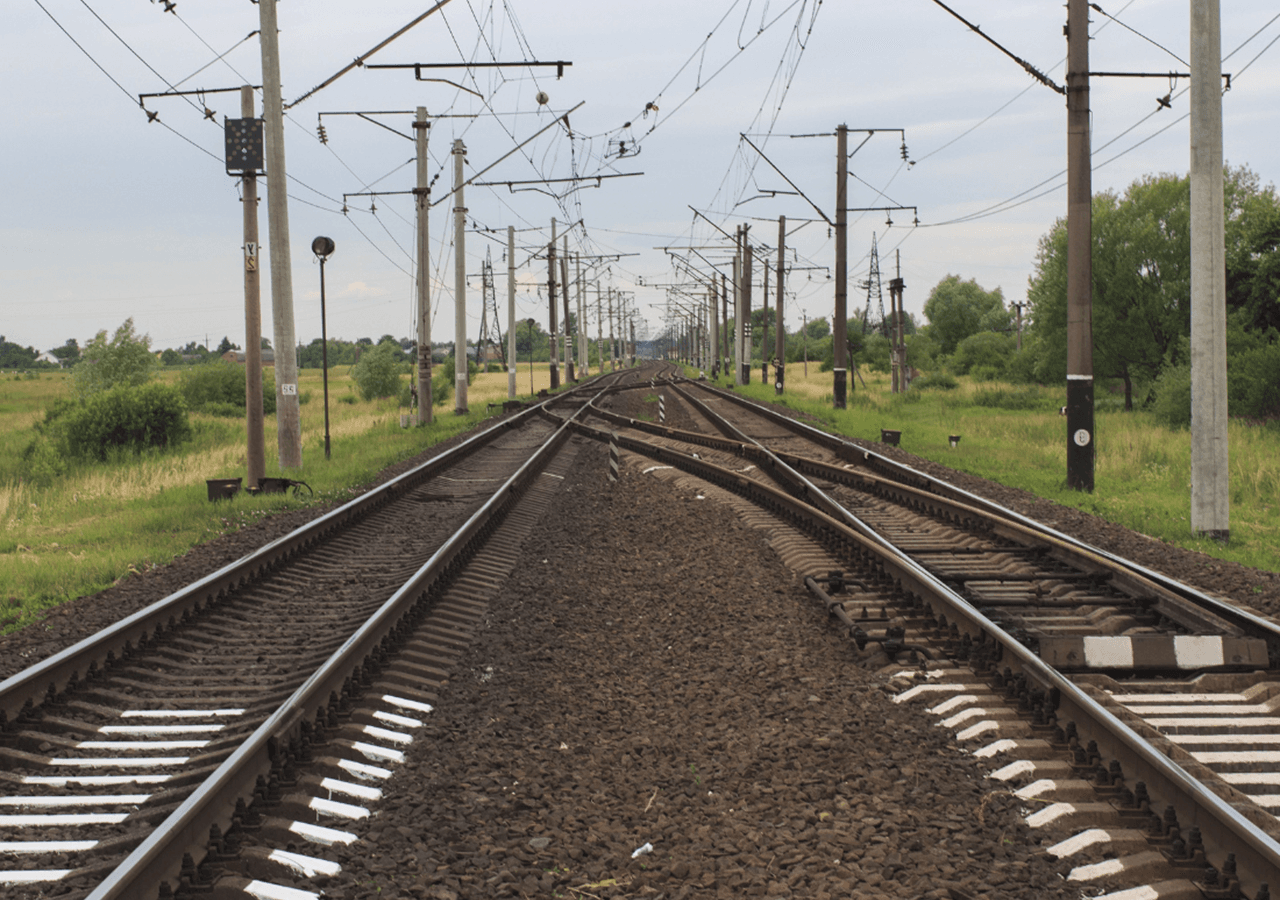Question 1: B - Question 2: D - Question 3: C
Are you a railway signalling whiz?
Are you a railway signalling whiz?
Have you ever heard of the ETCS system? What is the ETCS system?
The European Train Control System (ETCS) is the assistance and control system for train driving: it provides drivers with the necessary information for driving, and it also brakes the train automatically in case of incorrect behaviour of the driver, especially while in danger. It is one of the two components of the European Rail Traffic Management System (ERTMS), the other being the radio system supporting communications between onboard equipment and trackside equipment: GSM-R.
This system must allow optimised border crossing (network interoperability) while guaranteeing traffic safety. Its transposition must be on high-speed lines and the entire traditional network.
ETCS should eventually replace all other protection systems: light signals, signal repetition systems, and national cab signals, which are mostly still used on the various European railway networks.
The first specification and then the experiments began in the 1990s. It is now in service on certain recently renovated sections in most European countries, including France, Italy, Spain, Switzerland, Germany, and Austria. But the deployment is a long-term affair.
The introduction of ETCS aims to:
- Increase line safety, simplify train operations and make signalling smarter and safer
- Reduce the investment and maintenance costs of fixed installations (e.g. signals, gantries, and gantry cranes)
- Increase line capacity
- Improve the average transport speed
It’s in December 2013 that the French safety authority (EPSF) issued the authorisation for commercial operation of the ERTMS level 2 trackside control-command and signalling subsystem on the Est Européenne HSR line. It should be noted that this line, which was commissioned in 2007, used to run only with the French TVM system until that date, since when ERTMS-equipped trains have been running on it.
The ETCS is mainly used today in these two configurations:
- Level 1: transmission of the information from the trackside to the train via fixed beacons named eurobalises.
- Level 2: transmission of the information from the trackside to the train essentially via the radio.
How to implement an ETCS system on an existing railway network?
Implementing an ETCS is the mission of Egis in Ireland. In 2019 we won a contract as part of the "TURAS" consortium composed of CPC Project Management, Deutsche Bahn, and Egis:
The teams are in charge of this implementation on the entire Irish network for both trackside and onboard.
The onboard part of the ETCS essentially includes:
- BIU/TIU: the module interfacing with the train, in particular, to activate the emergency braking
- DMI: the in-cab display
- Juridical data: the interface function with the legal recorder on board the train
- BTM: Balise Transmission Module, the communication device with the Euro beacons.
- Euroradio: the radio communication module via GSM-R
The trackside part of the ETCS essentially includes:
- RBC: Radio Block Center for level 2 and LEU (Lineside electronic Unit) for level 1, the equipment elaborating the messages according to the occupation status of the blocks and the routes controlled by the interlocking system. These messages transmit the movement authority to the train.
- Eurobalise: a one-time data transmission device
The existing speed control systems in Ireland are very rudimentary. They will be gradually replaced by ETCS Level 1.
This system will send to the onboard equipment via beacons the corresponding information to the state of the signals elaborated by the LEU.
Our teams are involved:
Egis' mission for Iarnród Éireann (Irish Rail) consists in leading the definition and implementation of a new ERTMS Level 1 signalling system whose goal is to improve safety. The mission includes the development of the regulatory documents, and the deployment of the systems in the field (on and off track) and onboard.
Moreover, Egis is responsible for the development and the implementation of the System Integration Plan and all the related activities such as the specification management, configuration management, interface management and all technical issues.
Concretely, our teams must:
- Provide technical expertise and advice as Assistant Project Manager to Irish Rail
- Define the customer's needs and technical requirements
- Configure the ETCS level 1 system to meet the needs of Irish Rail
- Lead the system integration part (onboard, trackside, operation)
- Coordinate and supervise the production of preliminary studies and design.
- Technical coordination between the Irish Rail stakeholders who will have to use and maintain the new system (engineering, rolling stock and operations departments
The calendar:
The first tests are expected in 2024 in order to start operating in 2025 on the Drogheda - Greystones section. The generic (for the whole country) and specific (for particular sections) requirements (have been finalised for this first section.
We are currently working on the overall deployment strategy for the whole of Ireland and looking forward to implementing a lighter version of the system that does not equip all signals (limited supervision).
At the same time we are developing the operations program: ensuring that all Irish Rail departments, both in operations and maintenance, change their processes and documentation to integrate the ETCS revolution!
Of course, this is not Egis' only ETCS project! We are also working on deployments in Poland, on the Rail Baltica high speed lines, in the Czech Republic, Israel and the Gulf... But this is whole other story...
If you like our technical topics, follow our dedicated Egis page and discover our technical quiz every month!

